Ride-hailing services are everywhere nowadays and with new companies developing all the time, it is one of the most convenient ways for people to get around. Companies like Uber make it easy for passengers to call a car to pick them up and drive them to their desired location. These services have been especially helpful for commuters as well as those who might need a ride home after a night at the bar. However, ride-hailing services require driving with a total stranger, which means the safety of the customer must be a top priority. After a recent incident, the Southeast Asian company 'Grab' is developing a 'Panic Button' on their passenger app to help prevent sexual assault and other related incidents.
Just today, news reports came out that a Grab driver in Malaysia was arrested for allegedly raping an intoxicated passenger that he was driving home. Immediately, Grab removed the driver from their platform, offered support to the victim's family, and announced that they would be creating a panic button on their passenger app.
In a statement, Sean Goh, country head of Grab Malaysia said:
The Grab driver app currently has a PDRM 'panic button' for drivers to immediately contact the police in emergency cases. We will be expediting our plans to extend this feature to the Grab passenger app as well.
As Goh said, the panic button has already been implemented on Grab's apps for drivers, but a similar feature for passengers has also been seen on Uber's app exclusively in India.
The button, when activated, sends an automatic message to the passenger's pre-selected emergency contacts. This could include family members as well as the police. The feature also allows passengers in jeopardy to immediately send their GPS location to the cops if they choose and get information on their driver after all is said and done.
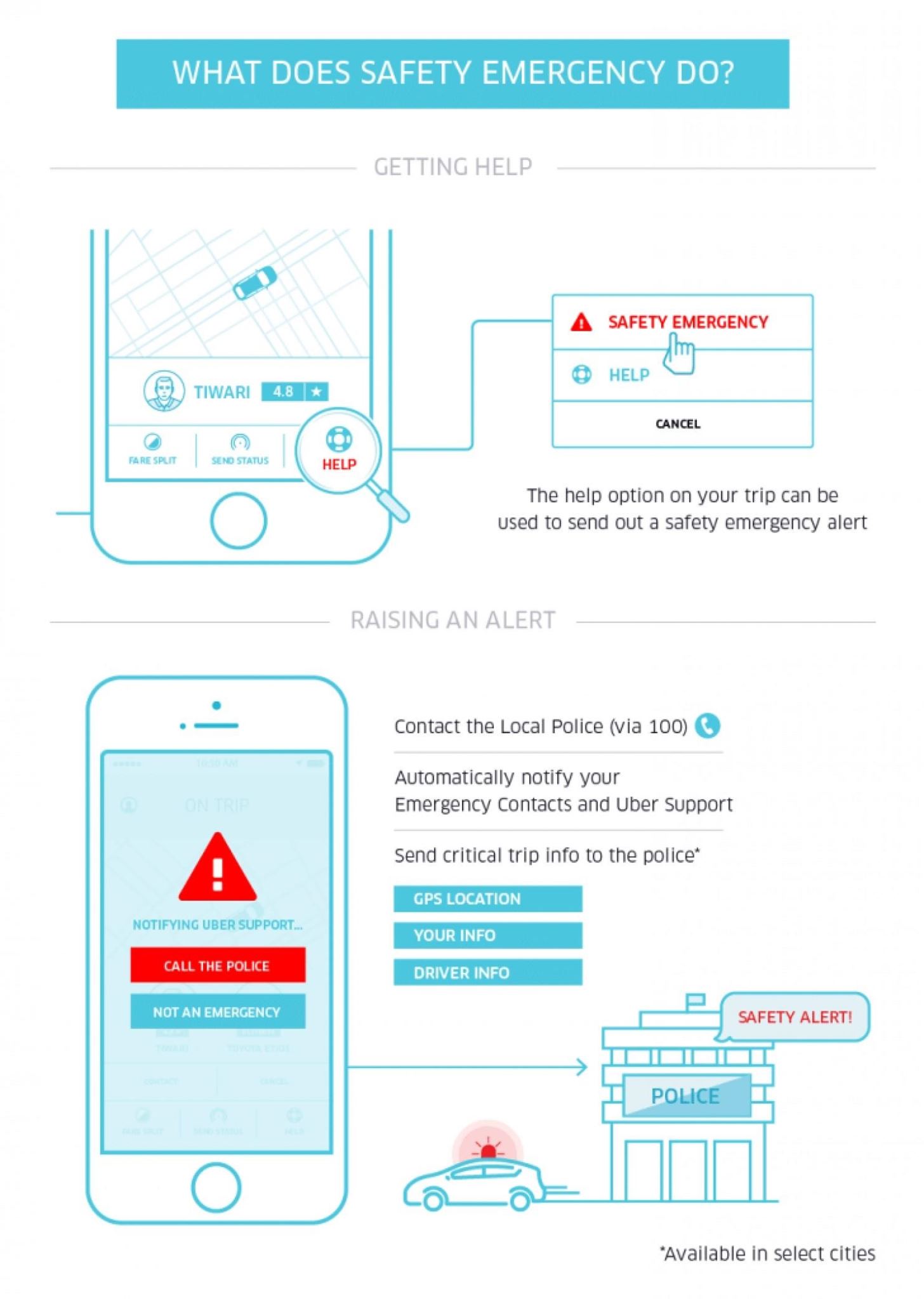
The panic button has the potential to save a ton of people from assaults, so why hasn't it been implemented in the US yet?
It isn't as if the US hasn't had its share of sexual assaults having to do with the drivers of ride-hailing services. In fact, since 2013 there have been about 170 cases of rape and sexual assault from Uber and Lyft drivers in the US, more than either has seen internationally. That does not include other cases of kidnappings, imposters, physical assaults, and murders that have been reported.
This doesn't mean that ride-sharing companies are altogether unsafe. Companies like Uber and Lyft claim to do extensive background checks on prospective hires in order to prevent things like this from happening. However, in 2015, it was revealed that Uber hired 25 drivers in the Los Angeles and San Francisco areas with criminal records that included crimes ranging from property crimes to sex offenses. While Uber quickly remedied this by getting stricter with their hiring process, similar incidents highlight the need to assure passenger safety in every way possible.
The panic button could help immensely. It could provide passengers with that extra level of security in knowing that if things go wrong, they have a quick way to let someone know. Additionally, with the controversies surrounding Uber that have hurt its reputation already, a feature like this could aid in getting some of the consumer's trust back. One thing is for sure, no one should feel unsafe driving with a ride-hailing company, intoxicated or not, and a panic button implemented on ride-sharing apps in the US could help bring down the number of sexual assaults overall.
Just updated your iPhone? You'll find new emoji, enhanced security, podcast transcripts, Apple Cash virtual numbers, and other useful features. There are even new additions hidden within Safari. Find out what's new and changed on your iPhone with the iOS 17.4 update.
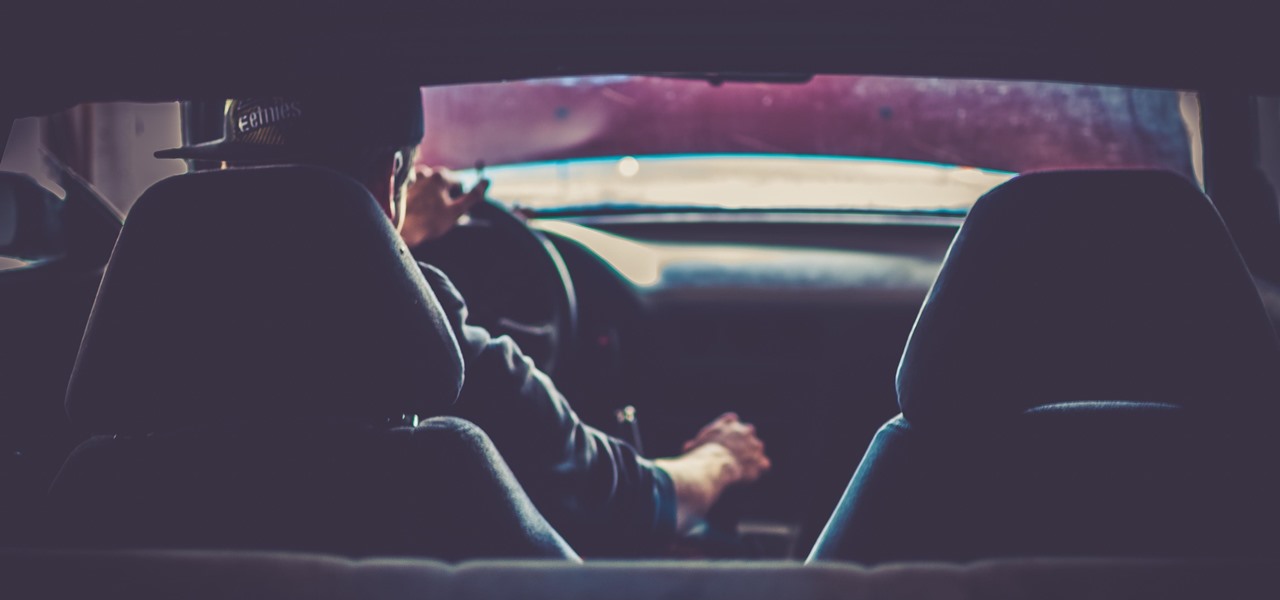


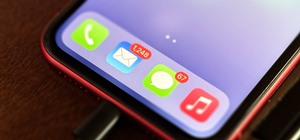
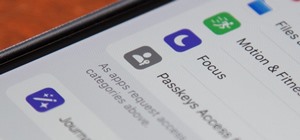



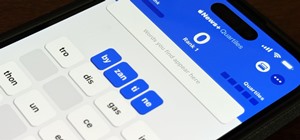
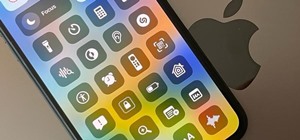











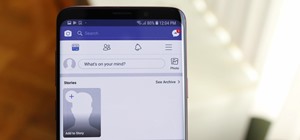




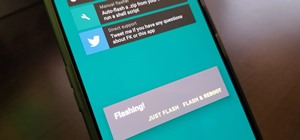


Be the First to Comment
Share Your Thoughts